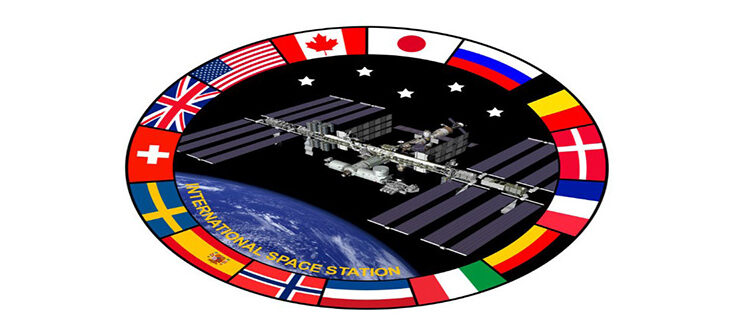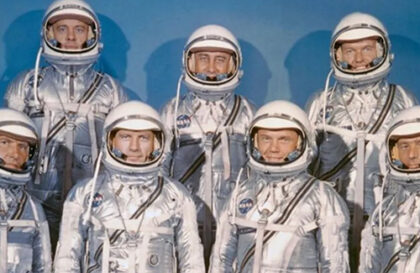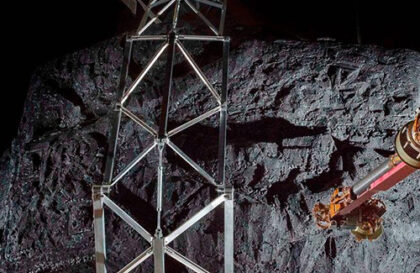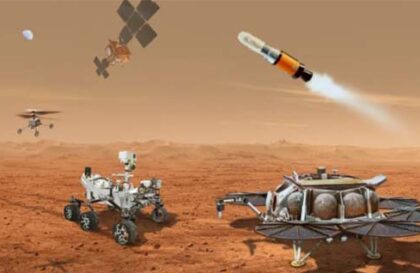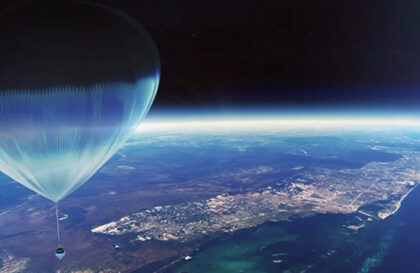The beginning of space exploration can be attributed to the Cold War and the space race. The United States and the Soviet Union fought to demonstrate technological superiority and gain global influence. This competition led to significant space technology and research advances, including Yuri Gagarin’s first orbital flight in 1961. The space race also paved the way for forming various space agencies, including the National Aeronautics and Space Administration (NASA) in the United States.
NASA, established in 1958, is one of the most influential space agencies in the world. It is known for its research programs on Mars, Venus, Jupiter, and Saturn, as well as for projects that investigate the climate and environment on Earth. In addition, NASA is known for its contribution to the International Space Station (ISS), where astronauts worldwide work together.
NASA has been a leader in space exploration for more than six decades, launching numerous missions to explore the solar system and beyond. Other prominent space agencies include the European Space Agency (ESA), the Russian Space Agency (Roscosmos), and the China National Space Administration (CNSA).
Roscosmos was founded in 1992 and has essential achievements in space research. Roscosmos is the successor to the space achievements of the Soviet Union. His achievements include the first artificial Earth satellite, the first human-crewed space flight, and significant contributions to the development of the ISS.
The International Space Station (ISS) is a joint effort of NASA, Roscosmos, ESA, and other space agencies. Many countries have developed space programs, such as the Ukrainian Cosmonautics of Ukraine.
The Indian Space Agency (ISRO) is known for its successful space missions, including telecommunication, scientific, and commercial satellite launches. Missions to Mars and the Moon are also known, emphasizing the organization’s technical capabilities and scientific potential.
Among the most significant achievements of ISRO is the landing of the Chandrayaan-3 spacecraft on the month of 2023, as well as the Mangalyaan mission (Mars Orbiter Mission) in 2013. These missions helped India find a place among the great spacefaring nations.
The Japan Space Agency (JAXA) was founded in 2003. Some of JAXA’s best-known projects include the Hayabusa mission to collect samples from an asteroid and return it to Earth and the development and launch of the Himawari observation satellite, which observes the Earth’s surface to study the climate and environment.
The Canadian Space Agency (CSA) is a national agency established in 1989. Some of CSA’s most notable projects include the development and launch of spacecraft to study Earth and atmospheric phenomena, participation in the International Space Station (ISS) program, and involvement in the development of robotics and spacecraft to explore the Moon and Mars.
ESA, founded in 1975, coordinates space exploration in Europe. His projects include the study of the planets of the solar system, galaxies, and star systems. ESA’s immense success is landing a spacecraft on a comet and launching missions aimed at studying exoplanets and supporting the ISS.
The ISS has facilitated numerous scientific experiments related to human physiology, biology, and physics. These advances in space technology also led to the exploration of other planets and moons.
NASA’s Mars Science Laboratory and the Curiosity rover have played a role in exploring the Red Planet, providing information on its geology, atmosphere, and potential to support life. Similarly, ESA’s Rosetta mission successfully landed a probe on a comet, delivering unprecedented data on the composition and structure of these celestial bodies.
The Cosmic Microwave Background Explorer (COBE) satellite launched by NASA in 1989 provided the first evidence of the cosmic microwave background radiation, supporting the Big Bang theory of the universe’s origin. Similarly, the Wilkinson Microwave Anisotropy Probe (WMAP), launched by NASA in 2001, provided more accurate measurements of the cosmic microwave background radiation.
Banner image: ESA
Image credit:
https://www.esa.int
